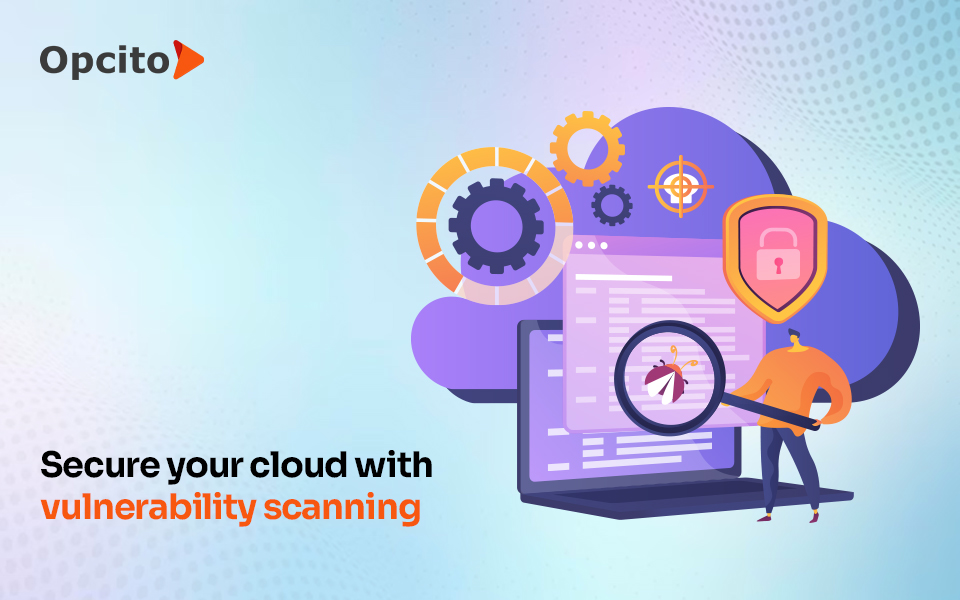THE HIDDEN COST OF DLP INCIDENTS
Financial Fallout, Operational Challenges, and the Way Forward
Data Loss Prevention (DLP) is a critical aspect of modern cybersecurity, designed to detect and prevent potential data breaches. DLP incidents pose significant financial and operational challenges, which is a pressing concern for organizations globally. According to a recent study by the Ponemon Institute, the average cost of a data breach in 2023 was $4.45 million, highlighting the severe financial implications of failing to effectively manage and prevent data loss. These costs encompass direct expenses such as fines, legal fees, and regulatory penalties, as well as indirect costs including reputational damage, loss of customer trust, and operational disruptions. The multifaceted nature of these costs underscores the critical importance of effective tools, automation strategies, and best practices in investigating DLP incidents and safeguarding sensitive data.
One of the primary challenges in DLP implementation is the complexity of integrating these systems into existing IT infrastructures. A report by Gartner highlights that improper implementation can create significant security vulnerabilities, enabling sensitive data to bypass protective measures. This risk is compounded by the rapid evolution of cyber threats, which necessitates continuous updates and adjustments to DLP policies or rules. The ongoing operational costs associated with maintaining and updating these systems can be substantial, further aggravating the financial burden on organizations. However, advanced integration solutions can streamline this process, reducing vulnerabilities and ensuring seamless protection.
Human error is another significant factor contributing to DLP incidents. Despite advancements in technology, employees continue to be a weak link in the security chain. The IBM Cyber Security Intelligence Index indicates that 95% of cybersecurity breaches are primarily due to human error. Phishing attacks, for instance, can circumvent even the most sophisticated DLP systems if an employee inadvertently clicks on a malicious link or attachment. This highlights the critical need for comprehensive employee training and awareness programs to mitigate these risks and strengthen the overall security posture of the organization. Enhanced training modules can drastically reduce these human errors by providing real-time feedback and simulations.

In addition to human error, insider threats pose a substantial risk to data security, with employees who have access to sensitive information potentially causing data breaches, either intentionally or unintentionally. This is highlighted in a study by Verizon that insider threats accounted for 34% of data breaches in 2023. This statistic underscores the necessity of implementing robust access controls and monitoring mechanisms to detect and prevent unauthorized data access and exfiltration by insiders. Organizations must ensure that only authorized personnel have access to sensitive data and that any anomalies in data access patterns are promptly investigated. Advanced monitoring tools can provide real-time alerts and insights into unusual access patterns, preventing potential breaches.
Another issue is balancing data protection with user privacy. DLP systems must monitor and analyze data flows to detect potential breaches, which can sometimes raise privacy concerns among employees. Ensuring compliance with data privacy regulations such as the General Data Protection Regulation (GDPR) and the California Consumer Privacy Act (CCPA) is essential to avoid legal repercussions and maintain trust. This necessitates a careful approach to data monitoring, ensuring that only relevant information is scrutinized without infringing on individual privacy rights. Advanced compliance features can help maintain this balance, ensuring data protection while respecting privacy.
The financial impact of DLP incidents extends beyond immediate costs to include long-term repercussions on business operations. A significant data breach can disrupt business continuity, leading to loss in productivity and revenue. The 2023 Equifax data breach, for example, incurred direct financial losses and resulted in a prolonged decline in customer trust and market value. Businesses must consider both immediate and future costs when assessing the financial impact of DLP incidents, emphasizing the need for robust DLP strategies to protect their data and maintain operational resilience. Predictive analytics can provide foresight into potential vulnerabilities, helping organizations pre-emptively address risks. It can also help in removing noise from the DLP generated alerts and focus investigation on real incidents.
Emerging technologies such as artificial intelligence (AI) and machine learning (ML) offer promising solutions to enhance DLP capabilities. These technologies can analyze vast amounts of data in real-time, identifying patterns and anomalies that may indicate potential breaches. A study by Capgemini found that organizations leveraging AI for cybersecurity experienced a reduction in data breach costs by an average of $3.58 million. However, the adoption of these technologies also requires significant investment and expertise, which can be a barrier for some organizations. Despite this, the potential benefits of AI and ML in enhancing DLP effectiveness make them a worthwhile investment for organizations seeking to strengthen their data protection strategies. AI-driven insights can provide actionable intelligence, helping organizations stay ahead of emerging threats.

Regulatory compliance is another critical factor influencing the cost and management of DLP incidents. Organizations must adhere to a growing number of regulations that mandate specific data protection measures. Non-compliance can result in hefty fines and legal actions, further exacerbating the financial impact of DLP incidents. The British Airways case in 2019, where the company was fined $230 million for failing to protect customer data under GDPR regulations, serves as a stark reminder of the severe consequences of non-compliance.
Enhanced compliance solutions are available, designed to align with global data privacy regulations and help organizations avoid the substantial fines and legal repercussions associated with non-compliance. The built-in compliance features ensure that data monitoring is conducted ethically and legally, maintaining the trust of both employees and customers. The sophisticated access control and monitoring mechanisms embedded in these solutions offer unparalleled protection against insider threats. Also, while Cybersecurity teams on average spend 40 hours on compliance audits, there are DLP add-ons that simplify the process and facilitate seamless compliance audits. This helps cut down the time required for audits to less than 2 hours by automating incident responses and ensuring every action is documented, right from alert generation to closure.
The role of third-party vendors in DLP incidents cannot be overlooked. Many organizations rely on external vendors for various services, which can introduce additional risks. A study by Risk Based Security revealed that 63% of data breaches were linked to third-party vendors in 2023. Ensuring that vendors adhere to stringent security standards and regularly auditing their practices is essential to mitigate these risks and protect sensitive data. Organizations must establish robust vendor management programs to assess and monitor the security posture of their third-party partners. Comprehensive vendor management tools can provide continuous oversight, ensuring that third-party risks are effectively managed.
Hence, adopting a comprehensive DLP solution empowers organizations to safeguard their data and streamline their operations, and help navigate the complex landscape of data security with confidence. Such a solution integrates seamlessly with existing IT infrastructures, ensuring that data protection measures are robust and adaptive to the evolving cyber threat landscape. With real-time data analysis , these solutions provide a proactive approach to identifying and mitigating risks before they escalate into costly breaches.
In conclusion, the cost of DLP incidents is multifaceted, encompassing direct financial losses, regulatory fines, reputational damage, and long-term business impacts. Addressing these challenges requires a comprehensive approach that includes proper implementation and maintenance of DLP systems, ongoing employee training, robust access controls, compliance with data privacy regulations, and leveraging advanced technologies like AI and ML. By understanding and mitigating the factors contributing to DLP incidents, organizations can better protect their data and maintain operational resilience.
































